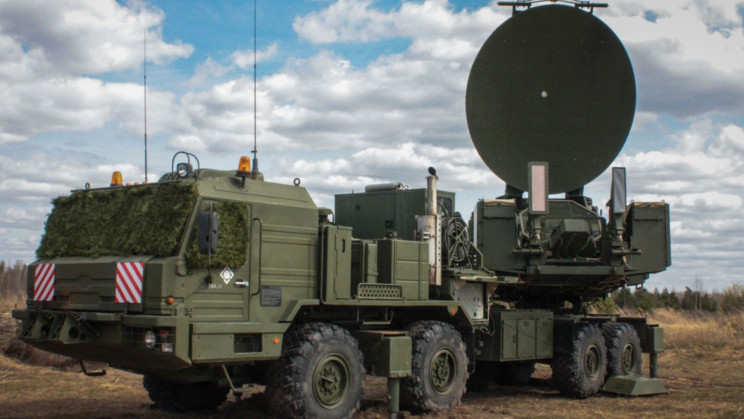
Russia’s surveillance and eavesdropping equipment, Krasukha-4 deployed near Latakia in Syria hacked into Turkey’s NATO-compatible radio-electronics mounted on helicopters, aircraft and ground vehicles to learn of the impending coup attempt against Turkish president Erdogan.
Russia has deployed the Krasukha-4 electronic countermeasure system capable of targeting airborne radio-electronics and airborne systems guided by radar at Khmeimim in Syria’s Northern Province of Latakia to counter NATO spying and to gather sensitive information for the Russian squadrons that are on an anti-terrorism mission in Syria. Commercial information released by Rostec, the umbrella of Russia’s high-tech defence companies, stated earlier that the Krasukha-4 system had been deployed in Syria to support The Russian Aerospace Defence Forces operating against the Islamic State and other anti-Assad terrorist forces.
Russian army had intercepted sensitive exchanges and encoded radio messages of the Turkish army from which it learnt of the coup attempt against the President in Ankara. The Russian intel agency had passed on the information to Turkey’s National Intelligence Organization on Friday, Fars news quoted unnamed diplomats as saying.
The Krasukha-4 electronic warfare (EW) systems were deployed in Khmeimim AB to protect S-300 surface-to-air missile systems from hostile air and space reconnaissance assets.
A decision was made to add S-300FM Fort-M (SA-N-20) SAM systems of the Moskva and Varyag (Slava-class) guided missile cruisers in Syria’s littorals in order to augment the air defenses in the wake of the Su-24M’s downing on November 24, 2015.
Other assets designed by KRET, ‘Vitebsk’ that has been used in Syria. Russian Kamov Ka-52 attack/scout helicopters deployed at Khmeimim air base in Latakia were mounted with Vitebsk to test the electronic warfare system.
The Vitebsk onboard electronic warfare system allows an airplane or helicopter to “see” in a radius of several hundred km. It can determine who is aiming at the helicopter, and after a missile is fired, can lead the missile elsewhere so it misses its target. This applies to all missiles, whether equipped with radar, infrared, or combined guidance systems.
Interestingly, when this system is onboard, it can protect not only the helicopter or plane, but everything within a certain radius, forming an “electronic canopy” around the object being protected.
